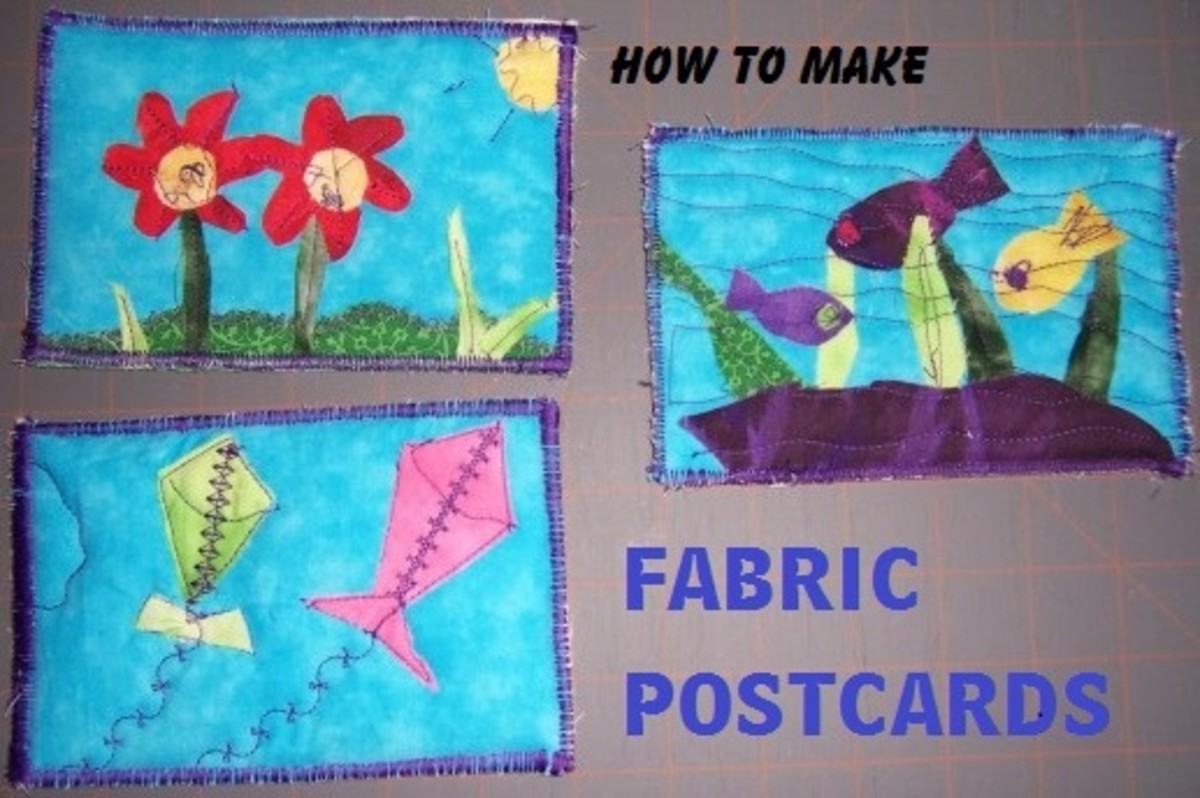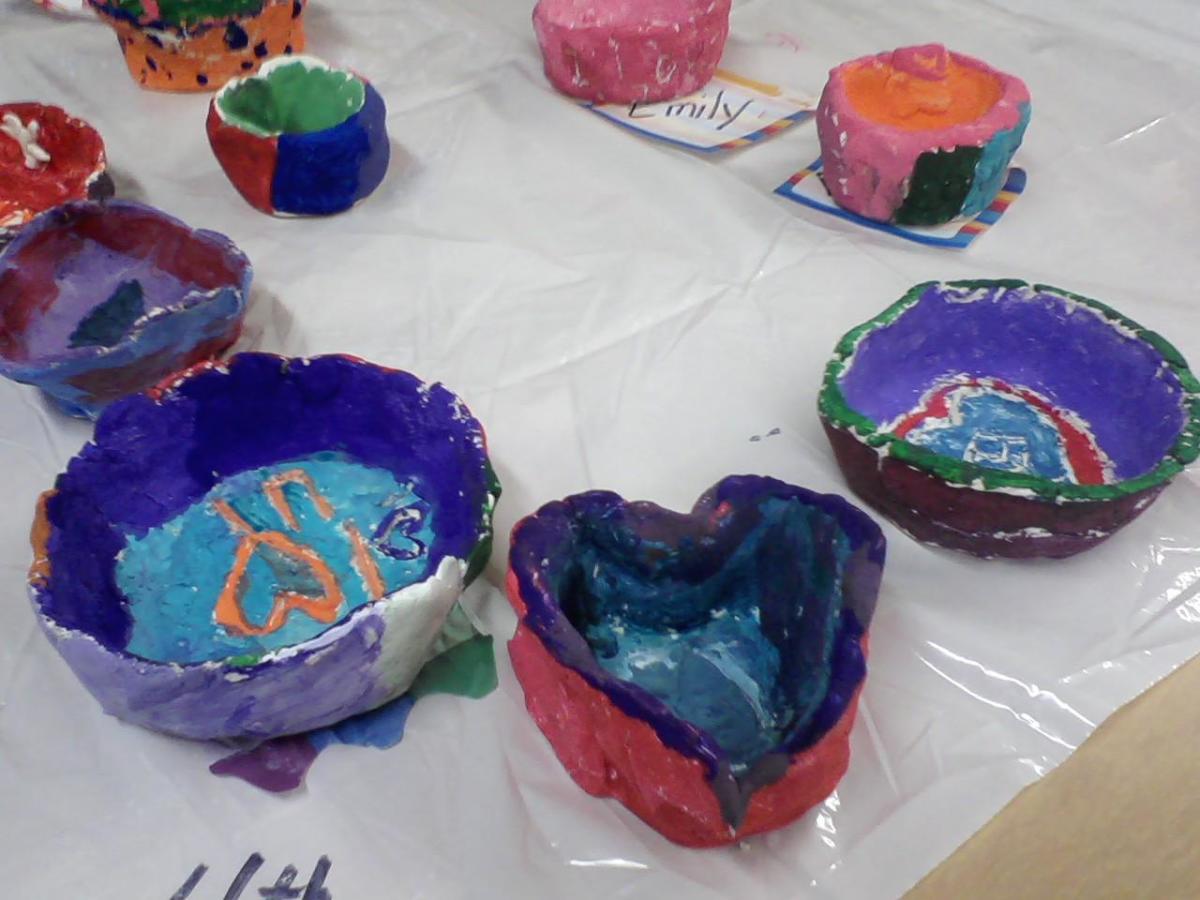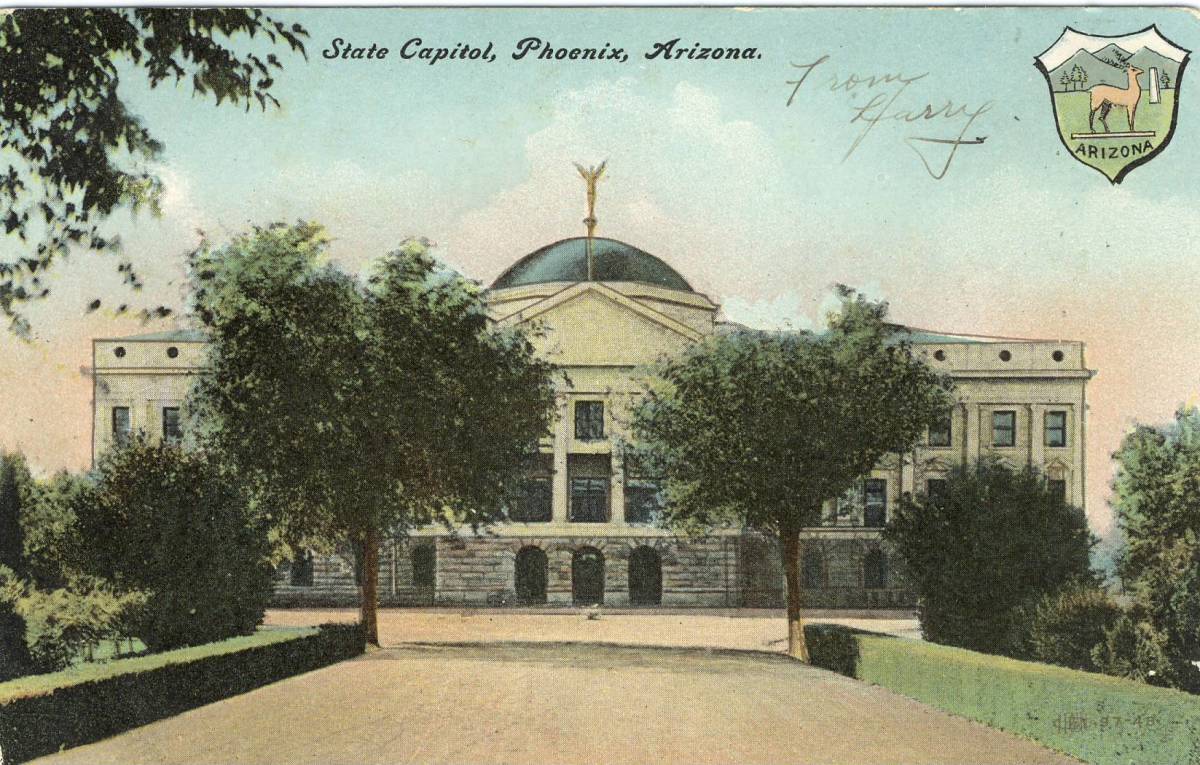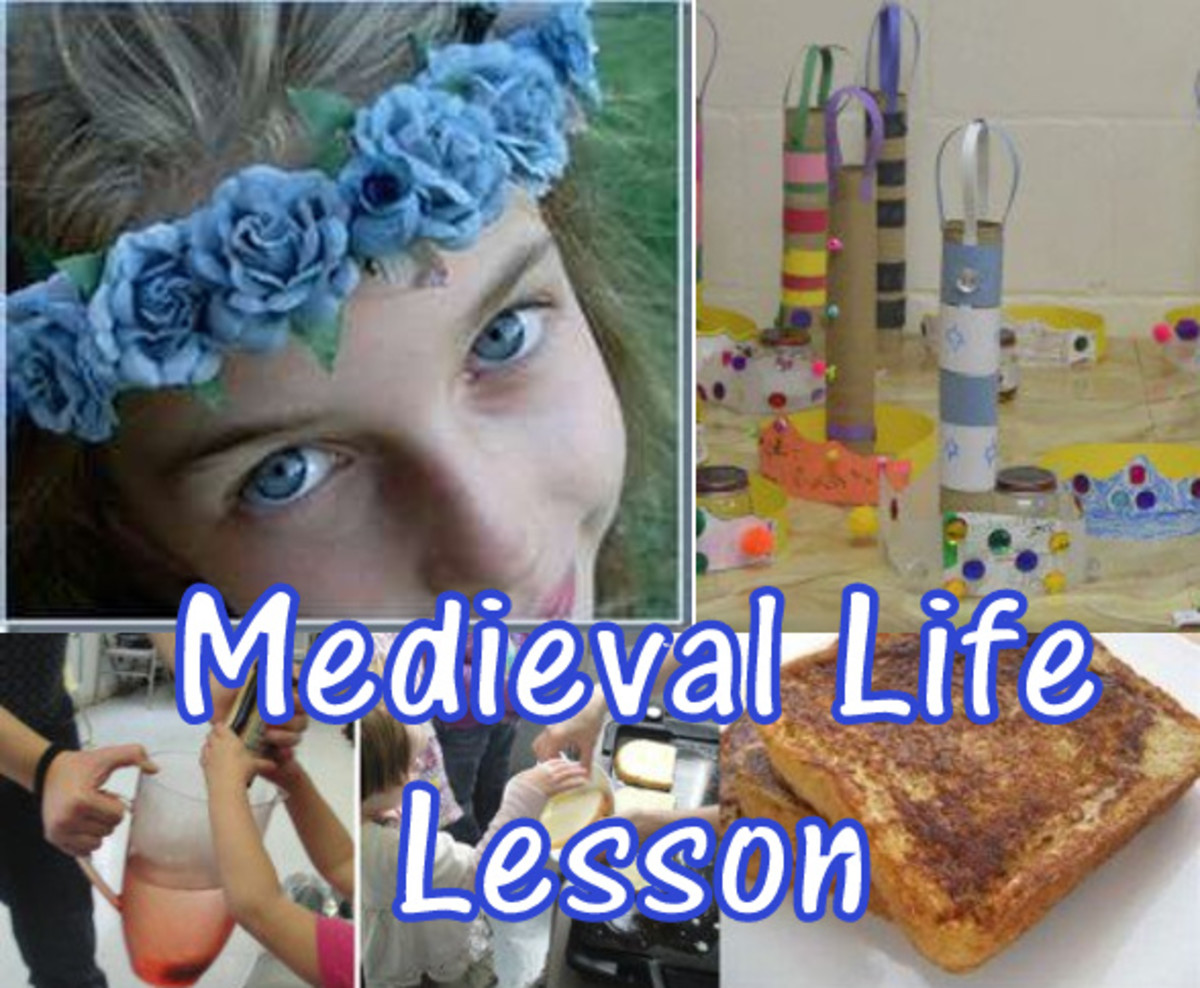- HubPages»
- Education and Science»
- Teaching»
- Lesson Plans
How to Teach Elementary School Students by Using Postcards in a Variety of Subjects
Around the World Postcards
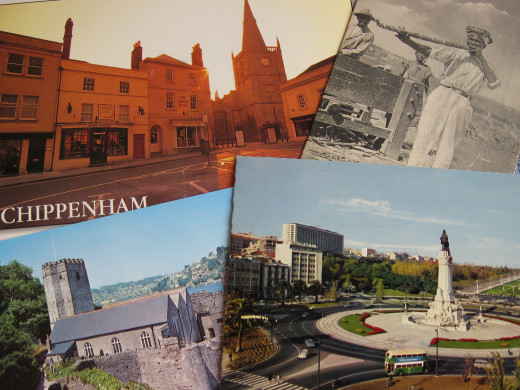
About Postcards
When I retired from teaching in 2002 and started writing about Arizona's characters and history, I had collected a modest 25 postcards. They were all of Arizona, and featured places that I love. I attended a local postcard club meeting with the hope of discovering where to find archival quality materials to store them, and here I sit ten years later with a collection of over 4,000 Arizona postcards and another stash of ??? postcards on other places and topics. I'm a firm believer that collections should be organized, displayed and used. Several other teachers and fellow postcard collectors told me how they used postcards in their classrooms. I began creating poster boards, displays and power point programs for my lectures to adults, and they loved the images. But I was curious how children could learn by using postcards, so I offered to be a "guest" speaker to several 4th grade classes. I'm not certain that all states have the policy that 4th graders must learn about the state in which they live, but I know a number of states have this policy.
I prepared for my elementary school "debut" by creating three poster boards of postcards of Arizona subjects. I created one poster board of the cacti, plants and trees in Arizona, one poster board of the Native Americans and other well known people of Arizona, and a third poster board of the animals and critters of Arizona. I loved the reactions of the 4th graders to my questions, and I was asked to return to not only modify my Arizona presentation for other grades but to think of other uses for postcards in the elementary grades.
To get started, start asking those you know to send you postcards, or to donate their unwanted postcards, or scour thrift shops, or purchase. Get your students to help collecting for projects, once they know what the project is. The good news is that except for those old and/or rare cards, most postcards average fifty cents new.
Native Americans of Arizona
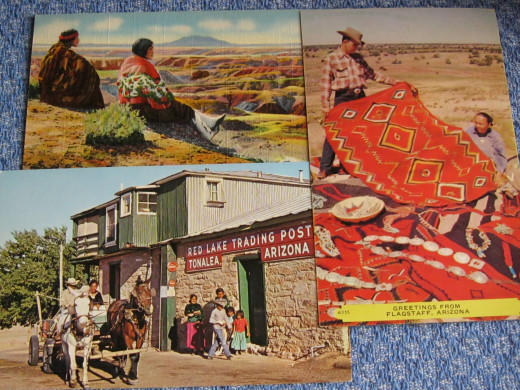
Lesson Plans for Geography and Culture
One of the most simple ways to teach geography is to have students collect a postcard from each state. This can be fine tuned to state capitols, regions, a specific state, or a specific town. For example, if a postcard of a state capitol building is used questions such as when was the state capitol built? What materials were used? Where is the state capitol located? What is inside the state capitol? Have students ever visited their state capitol? Has the building been enlarged? In older schools, the question can be asked about how the school has changed and why. The project could include places your students have actually visited, or want to visit. A written or oral presentation could be in order. Postcards from other countries, present countless opportunities for learning about what is so different about these countries or what seems the same. Where are they located on a map? What about the people who live there? What types of houses or other buildings are pictured? Are the plants and animals different?
A good focus might be collecting postcards of state or national parks. Plan an actual or pretend visit. How far away is the park located from the school? How long would it take to drive there? Fly there?
History can be explored by selecting a location such as a main street in town or other familiar location. Use an older postcard view with some details of the location such as people or cars, and a new postcard of the location with some of the same details if possible. Let students discover and point out the changes.
Tucson Arizona History Lesson
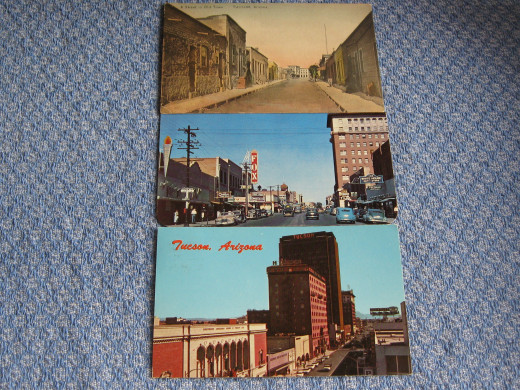
Math and Stamp Collecting
For older students have them figure the distance in miles to the location on the postcard. Or,have them figure the amount of time it might take to get there using various means of transportation. I've heard about a teacher who set up a postcard board for a "walk" around their state.
Used postcards with stamps provide a whole different experience. The first postcards sometimes sold for 3 for a penny and could be mailed with a penny stamp. Ask students if they have ever sent a postcard, and what the cost is now. The address line on old used postcards can be interesting too. ( In many cases of small towns, only the name of the receiver was required.) Talk about zip codes. Notice the types and prices of stamps from other countries. Bring up stamp collecting.
Lesson plans that work
Stimulate Creative Writing
I know a fellow postcard collector who formulates stories based upon interesting postcards. For example, based upon an antique postcard with a chicken on the front, dressed in fine clothing to celebrate Easter, my friend wrote a wonderful children's story about the chicken. This works well with students too. Offer one interesting postcard or a choice of no more than three cards and have them create an oral or written story based upon what they see. Prime the pump by showing a postcard and telling the students a brief story about the card.
Have them write on a real or pretend postcard to someone as if they would be mailing it, and "walk" them through the process.
The possibilities for using postcards as a learning tool are only limited to your imagination.
Collecting Cracker Jack
- Cracker Jack Collecting Vintage Charms Toys and Priz...
Cracker Jack snack was introduced by FW Rueckheim of Chicago Illinois when he combined popcorn with peanuts and covered them with molasses. After 1914, a prize was included in each box. The first prizes were baseball cards and metal charms. Later cha




